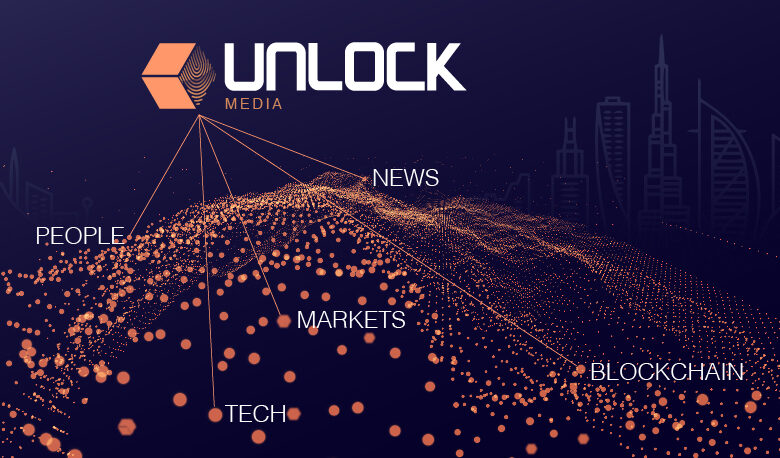Blockchain and AI disrupting whole industries

Blockchain is a technology that can solve some of the most vexing technological, professional and personal problems we face. But despite the elegance, complexity and security of the technology, the transactions blockchain will enable, and the aggressive blockchain adoption curve, there’s not nearly enough discussion about how blockchain will impact transaction processing across multiple vertical industries. In fact, blockchain will rewire whole industries.
Blockchain Basics
Initial discussions about blockchain occurred in the context of cryptocurrency, but the real power of blockchain lies in its transactional versatility. While blockchain enables cryptocurrency transactions, it’s by no means limited to currency exchanges. Blockchain is transaction agnostic. Remember that the world today works with lots of hands in every soup, process and transaction. If you’ve ever purchased a home or signed a contract you know just how many hands there are. Everyone takes a little piece. Whole industries – like banking, real estate and mortgage lending – are built upon millions of little pieces of transactions. It’s a small tax, fee or charge that just appears – that no one questions. But these little pieces can disappear with the widespread use of blockchain, which eliminates people, cost and delays from many of the transactions we pursue. We call these value extractors “intermediaries,” which validate and verify transactions. But are intermediaries always necessary?
Blockchains are transparent ledgers that validate and verify transactions (which only sometimes involve cryptocurrency). As described by François Zaninotto: “A blockchain is a ledger of facts, replicated across several computers assembled in a peer-to-peer network. Facts can be anything from monetary transactions to content signature. Members of the network are anonymous individuals called nodes. All communication inside the network takes advantage of cryptography to securely identify the sender and the receiver. When a node wants to add a fact to the ledger, a consensus forms in the network to determine where this fact should appear in the ledger; this consensus is called a block.”
The technology – while complex – is perhaps conceptually best understood as a secure distributed network of verified strangers.
The Underestimated Extensibility of Blockchain
The application range of blockchain technology is broader than suspected. There are already compelling indicators of extensibility. One is the prototype platforms and applications already deployed. Another is the continuing investments by VCs. Yet another is the development of applications platforms, and, finally, the formation of consortia and partnerships is well underway. IBM is working with seven European banks to develop a blockchain platform, and the R3CEV consortium was formed to advance blockchain technology (primarily in the financial domain).





